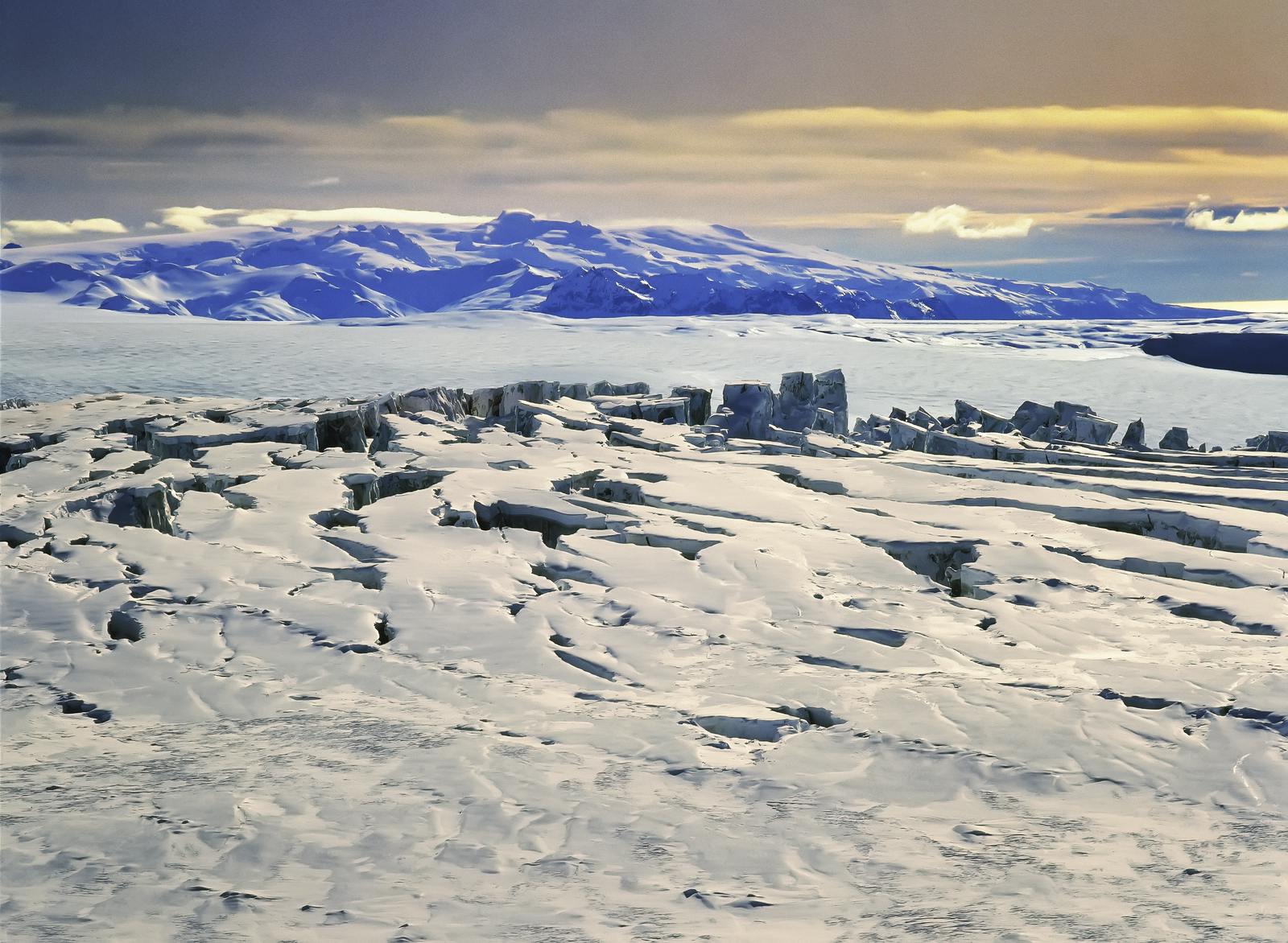
Guide to Skaftárjökull Glacier in Iceland
Skaftárjökull, an imposing glacier nestled in the southern reaches of Iceland, stands as a testament to the country's glacial prowess and environmental complexity. This frozen giant is part of the expansive Vatnajökull ice cap, the largest in Europe, and is enshrouded in both scientific intrigue and natural beauty.
As we delve into the depths of Skaftárjökull, it becomes evident that this icy expanse is not only a marvel of nature but also a critical indicator of the profound impacts of climate change.
Size of Skaftárjökull Glacier
The current altitude of Skaftárjökull Glacier, above sea level, is from 650 m at the glacier margin to over 1200 m in the main Glacier. Given the dynamic nature of the glacier, precise and up-to-date measurements of its area are challenging to obtain as it is in constant motion and undergoing melting. The most recent recorded measurement of the glacier's area dates back to the 1990s, indicating a size of 60 square kilometres (38 square miles). Accelerated melting, attributed to the impacts of global warming, is causing the glacier to diminish more rapidly than in previous periods.
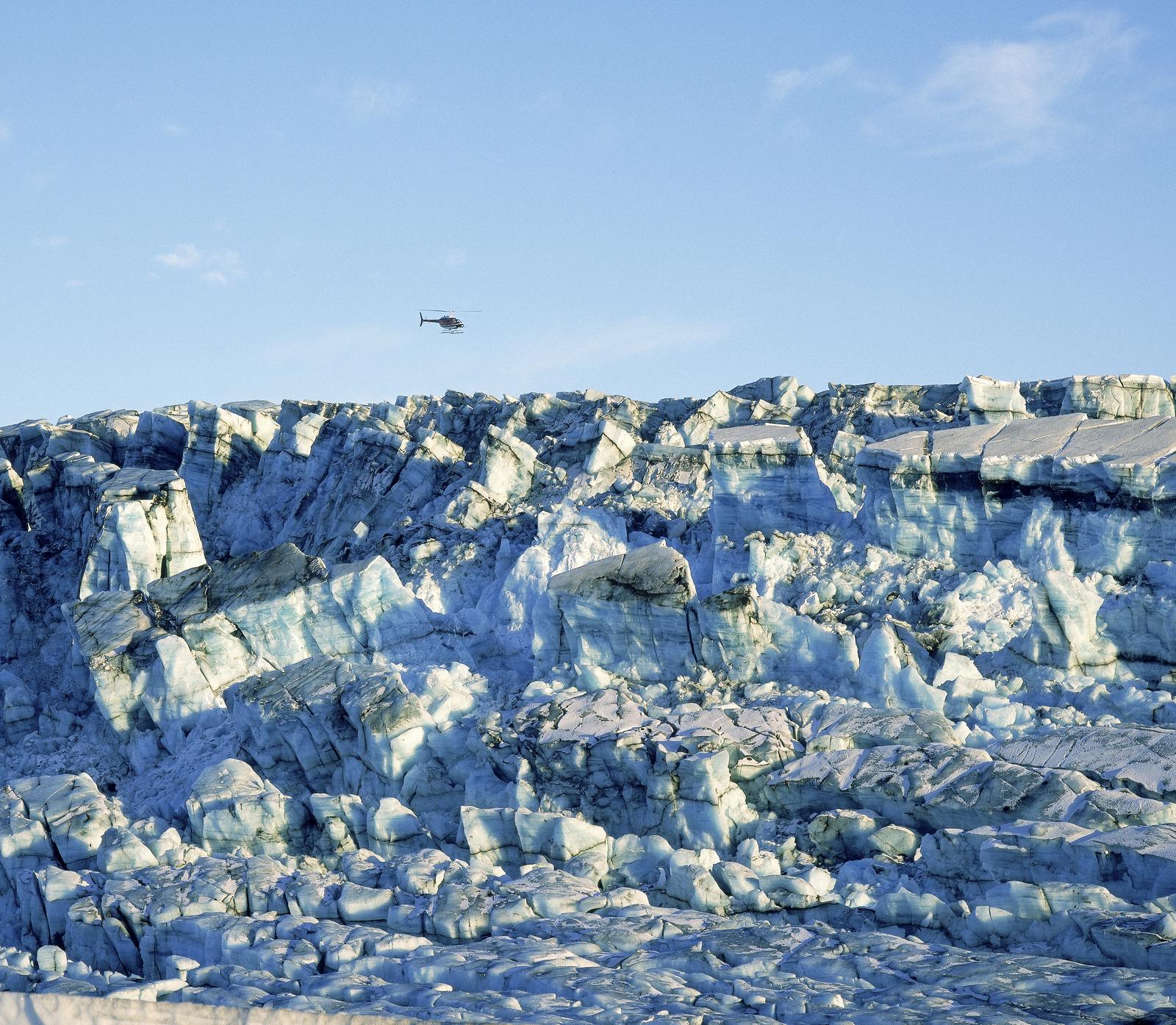
Where to Learn About Glaciers and Ice Caves in Reykjavík
Perlan’s Wonders of Iceland exhibition features an ice cave that is 100 metres long, made from more than 350 tonnes of snow from Icelandic mountains. Ice caves are a natural phenomenon that takes shape in the deep winter months within glaciers.
Meltwater streams carve these fantastic caves, and at Perlan, guests can see a real ice cave in a safe and secure environment. A visit to an ice cave is a magical experience that no one who comes to Iceland should miss, and Perlan offers year-round travellers a chance to get a sense of this unique natural phenomenon.
In addition to their natural beauty, Iceland’s glaciers are significant for the environment as they are an essential source of fresh water for the island and play a vital role in regulating the island’s climate.
At Perlan, guests can explore Iceland's natural wonders through a series of exhibits and immersive presentations, including ice caves and glaciers, as well as northern lights and volcanoes.
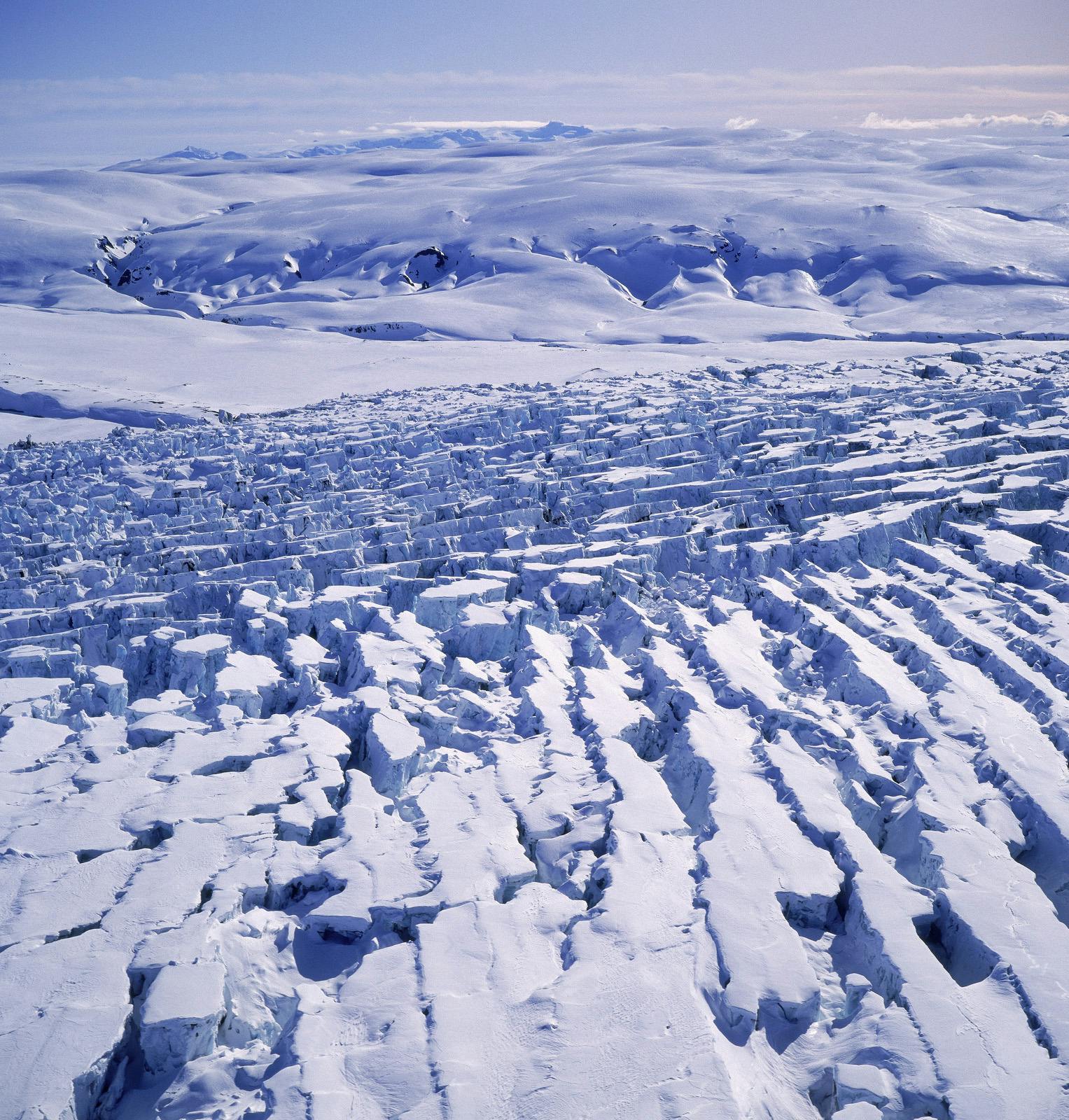
Location and Geography
Situated in the Vatnajökull National Park, Skaftárjökull is part of the larger Vatnajökull glacier, which covers approximately 8% of Iceland's landmass. The glacier lies within the volcanic realm of Iceland, a country renowned for its geothermal activity and dramatic landscapes. The region surrounding Skaftárjökull is characterised by a juxtaposition of icy glaciers, rugged mountains, and volcanic plains, creating a dynamic and visually striking panorama.
Geographically, Skaftárjökull extends from the Vatnajökull ice cap towards lower elevations, where it gives rise to the Skaftá River. The glacier's name is derived from this river, emphasising the interconnectedness of the frozen expanse and the flowing waters that navigate the Icelandic terrain. This geographical relationship underscores glaciers' vital role in shaping river systems and influencing hydrological cycles.

Scientific Insights into Glacier Dynamics
Skaftárjökull, like all glaciers, is a dynamic entity that undergoes continuous change. Glaciers are formed through the accumulation and compaction of snow over extended periods, transforming the snow into dense glacial ice. The glacier then flows under the influence of gravity, creating a landscape marked by crevasses, seracs, and icefalls. The flow of glaciers is not uniform, and their dynamics can be influenced by factors such as temperature, precipitation, and topography.
Scientific monitoring of Skaftárjökull is integral to understanding these dynamic processes and their implications for the environment. Remote sensing technologies, including satellite imagery and aerial surveys, provide valuable insights into changes in the glacier's size and shape over time. Ground-based measurements, such as ice core analyses and glacial mass balance studies, contribute to a comprehensive understanding of the glacier's response to climate variability.
One of the key indicators of glacier health is its mass balance, which represents the difference between the accumulation of snow and ice and the loss through melting and calving. Negative mass balance, where losses exceed gains, leads to glacier retreat. Skaftárjökull, like many glaciers worldwide, has experienced a negative mass balance in recent decades, contributing to its retreat.
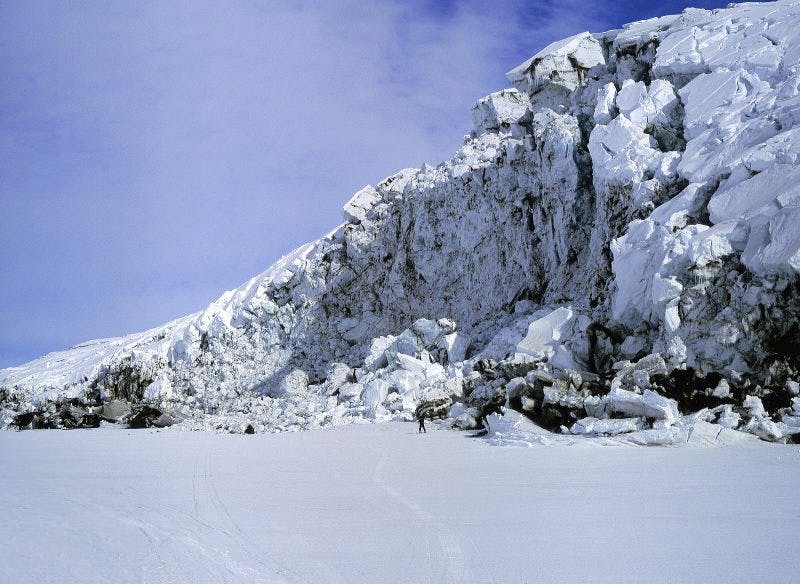
Climate change has emerged as a primary driver of glacier retreat globally, and Skaftárjökull is no exception. Rising temperatures and altered precipitation patterns have accelerated the melting of glaciers, leading to a reduction in their size and volume. The implications of glacier retreat extend beyond the icy realms, affecting downstream ecosystem’s water resources and even contributing to rising sea levels on a global scale.
As Skaftárjökull retreats, it leaves behind a landscape marked by moraines—deposits of rocks, sediment, and debris carried by the glacier. These moraines serve as historical records, providing insights into past glacial advances and retreats. Scientists use techniques like cosmogenic nuclide dating to analyse these moraines, unravelling the glacier's history and its response to past climate variations.
Glacial Tourism and Human Interaction
In recent years, the allure of Iceland's glaciers, including Skaftárjökull, has attracted a growing number of visitors. Glacial tourism offers a unique opportunity for people to witness the majestic beauty of these frozen landscapes up close. Guided tours and excursions navigate the icy terrain, providing adventurers with a firsthand experience of the glacier's grandeur.
However, the increase in glacial tourism raises important questions about sustainability and responsible environmental practices. The fragile ecosystems surrounding glaciers can be easily disrupted by human activities. Foot traffic, the use of vehicles, and infrastructure development for tourism all have the potential to impact the delicate balance of glacial environments. Balancing the desire to share these natural wonders with the need for conservation presents a challenge that requires thoughtful management and sustainable practices.
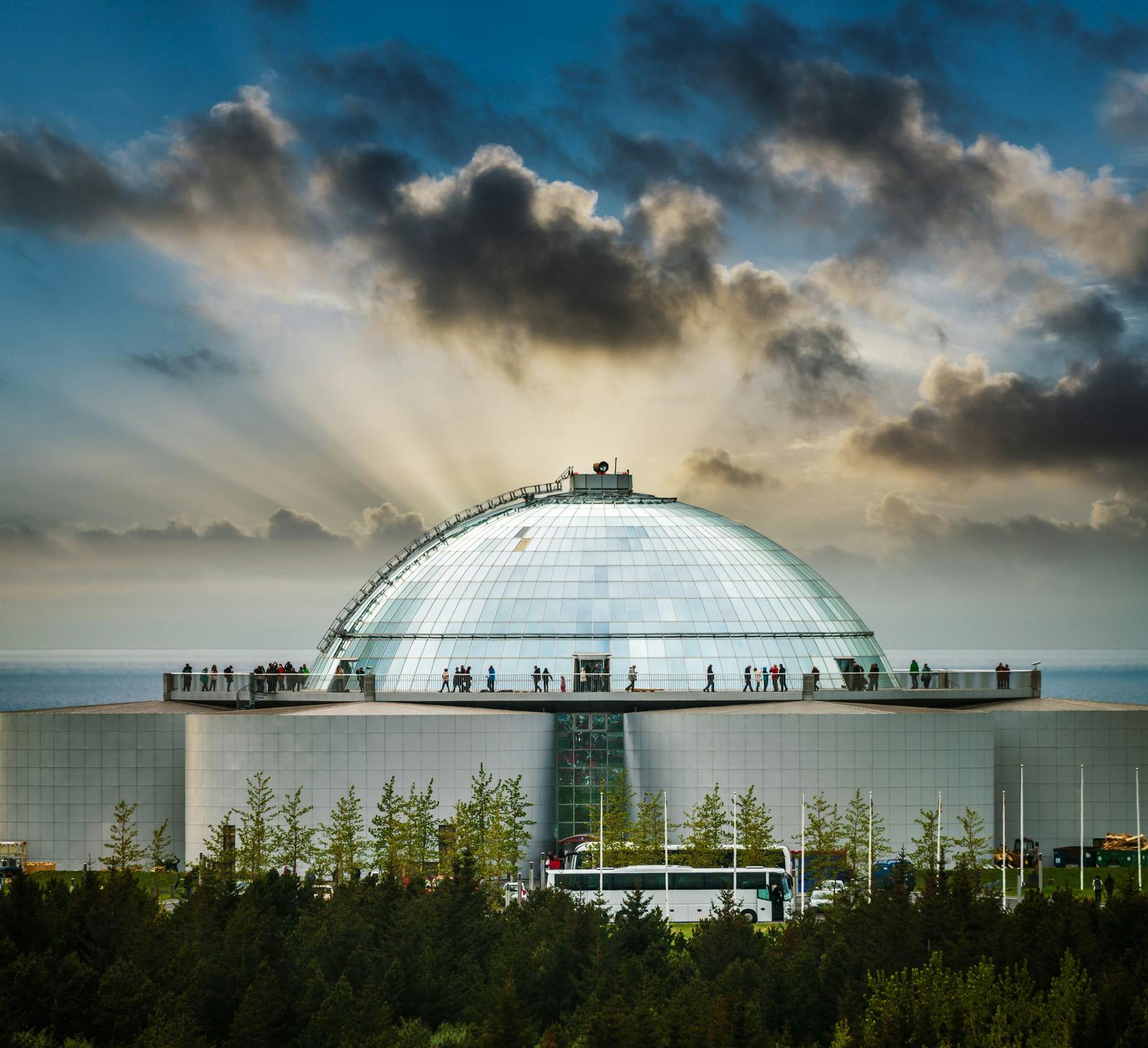
Cultural and Historical Significance
Beyond its scientific and environmental significance, Skaftárjökull holds a special place in Icelandic culture and history. Glaciers are deeply ingrained in the nation's identity, featuring prominently in folklore, literature, and art. In Icelandic sagas, glaciers are often depicted as otherworldly landscapes, reflecting both the awe-inspiring beauty and the potential dangers associated with these icy realms.
Skaftárjökull also bears witness to historical events that have shaped the course of Iceland's narrative. The Skaftá Fires of 1783, triggered by the Laki volcanic eruption, were a catastrophic series of events that had far-reaching consequences. The eruption released vast amounts of lava and ash, creating a desolate landscape and impacting local agriculture. The environmental repercussions of the Laki eruption reached beyond Iceland, influencing global climate patterns.
The intricate interplay between Skaftárjökull, volcanic activity, and historical events underscores the dynamic nature of Iceland's landscape. The country's geological makeup, characterised by the convergence of tectonic plates, volcanic activity, and glacial processes, is a testament to the forces that have shaped and continue to shape this island nation.
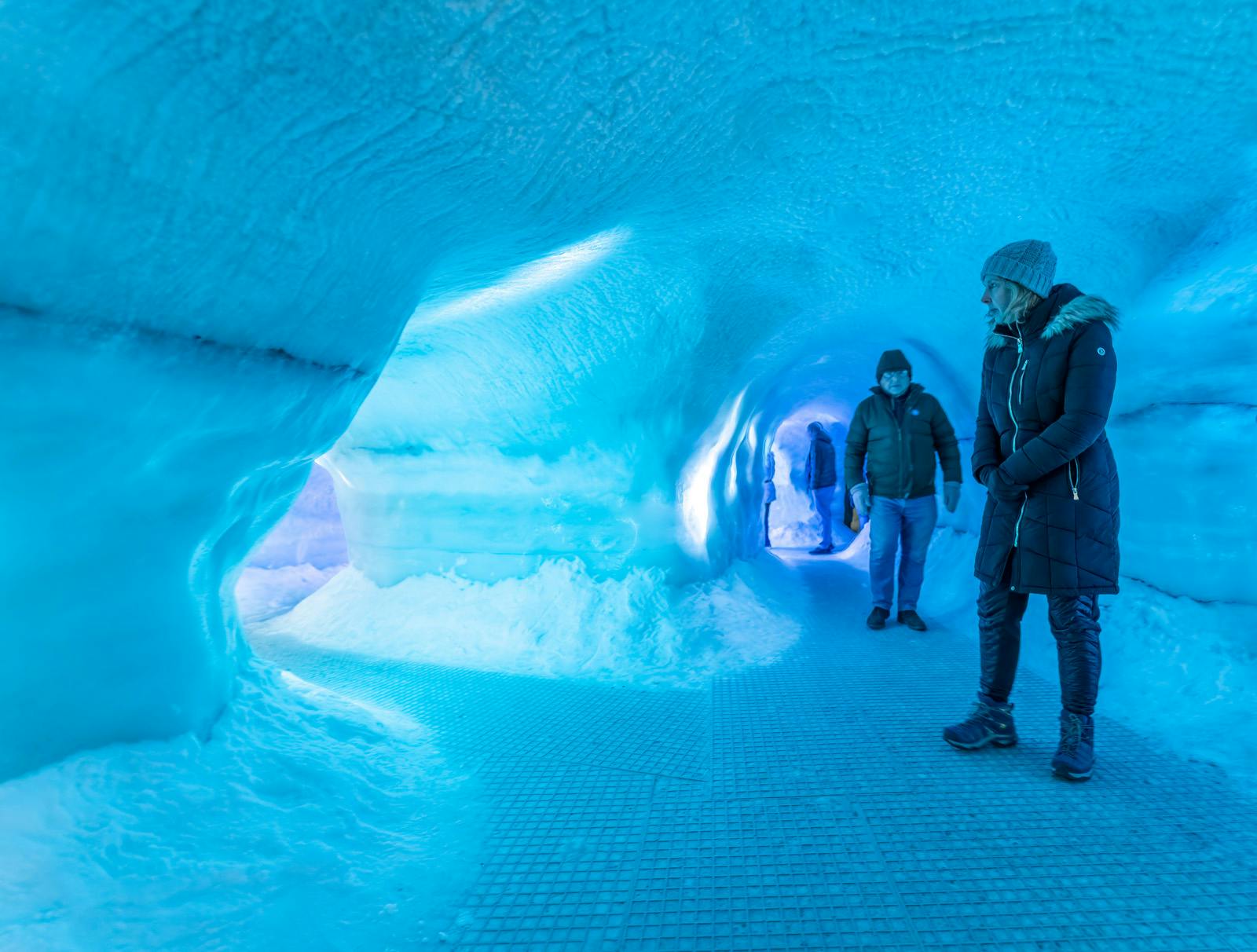
Climate Change and the Future of Skaftárjökull
As the impacts of climate change become more pronounced, the future of Skaftárjökull hangs in the balance. The retreat of glaciers is a visible and measurable outcome of global warming, with implications for ecosystems, water resources, and sea level rise. The scientific community's efforts to monitor and understand the dynamics of Skaftárjökull are crucial for predicting future changes and implementing strategies to mitigate the impacts of climate change.
In the face of these challenges, Iceland has positioned itself as a global advocate for climate action. The country's commitment to renewable energy, sustainable practices, and conservation aligns with the urgent need to address the root causes of climate change. The fate of Skaftárjökull and other glaciers worldwide is interconnected with broader efforts to reduce greenhouse gas emissions and foster a more sustainable relationship with the planet.







